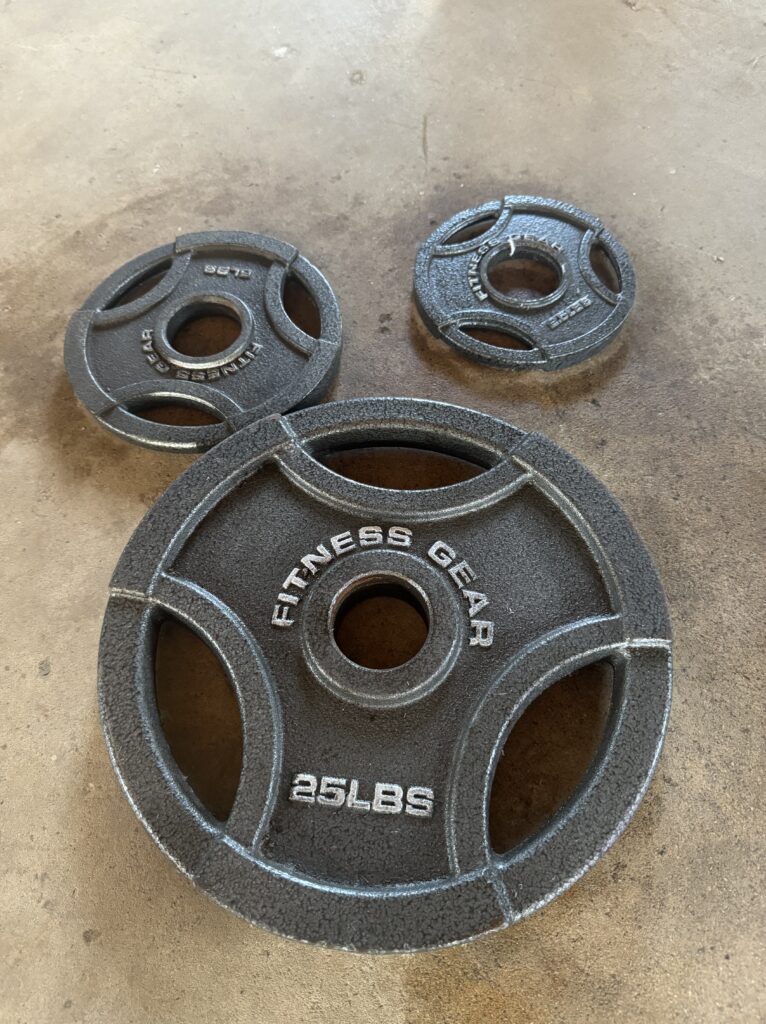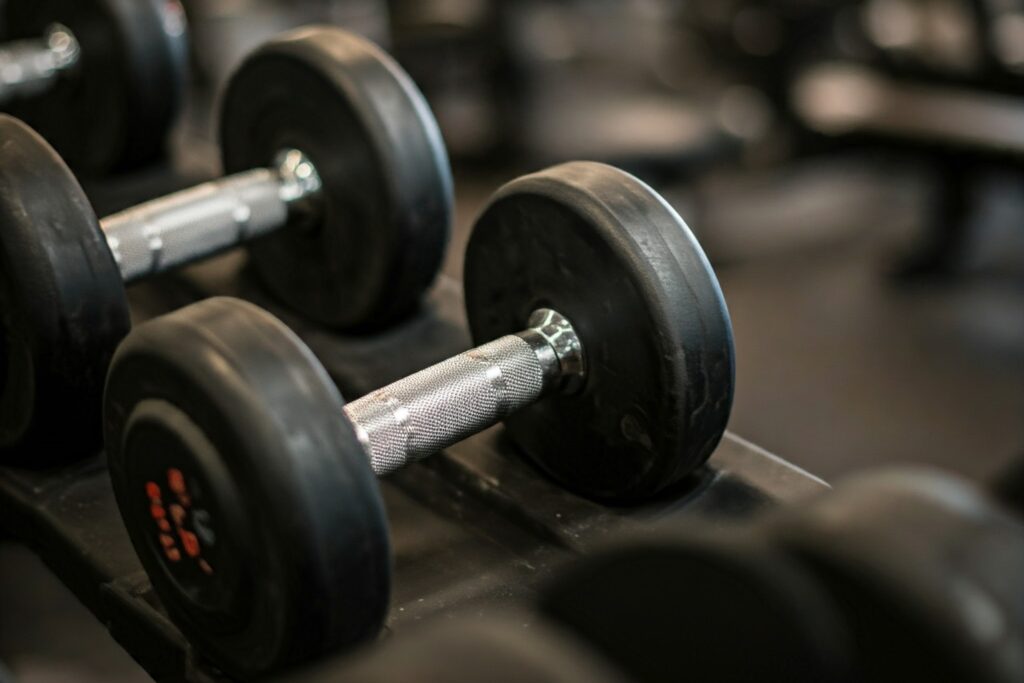Summary
Lengthened partials involve performing exercises in a specific range of motion that targets the muscle’s lengthened position, which can lead to greater hypertrophy. The piece outlines how this technique can help gymnasts improve strength, control, and overall performance while reducing injury risk. It also provides practical tips on incorporating these exercises into training routines, focusing on proper form and progression for optimal results.
Gymnastics is a sport with room for innovation, especially regarding strength and conditioning methods. Many gymnastics programs have begun lifting weights to supplement the gymnastics specific strength work most common to the sport. However, there is still more opportunity to apply evidence based methods to the sport of gymnastics. One current trend in the evidence based fitness space is the utility of lengthened partial reps. Judging by the current science, I believe that implementing lengthened partials in strength and conditioning programs for gymnasts would help gymnasts optimize their muscle growth.
What are Lengthened Partials?

Lengthened partials are a technique of resistance training where the focus is on the range of motion where the muscle is stretched. For example, during a bicep curl, a lengthened partial would be performed from where the arm is straight only up to where the arm is bent ninety degrees. So from the bottom to the middle of the repetition.
Another example, more specific to gymnastics, would be during a lengthened partial on a dip. To perform this, you would go to the very bottom of the dip and only press up about halfway to where the arms are bent ninety degrees.
We can contrast a long-length partial with a short-length partial. These use the opposite range of motion in an exercise, where the muscle is shortest. Using a squat, a short-length partial would be going from standing down to parallel.
Now that we know what a lengthened partial is, let’s see what the research says about how effective they are at stimulating muscle growth.
The Science of Lengthened Partials: Increasing Hypertrophy
In 2023, evidence based bodybuilder Jeff Nippard posted an excellent video detailing lengthened partials. I recommend checking the video out, however he notes a significant number of studies have found lengthened partials outperform shortened partials when it comes to muscle growth. Similarly, he notes that a decent number of studies show lengthened partials outperforming full ROM training for hypertrophy.
Another leading researcher in the area, Dr. Milo Wolf has also performed research about lengthened partials. In 2023, Wolf helped published a meta-analysis titled Partial Vs Full Range of Motion Resistance Training: A Systematic Review and Meta-Analysis. The study concluded that full or long range of motion training produces better results for most training outcomes. These training outcomes include strength, speed, power, and muscle size.
But, the study also noted areas where lengthened partials may have the edge. Noted in the results of the meta analysis, lengthened partials may have a hypertrophy benefit over full ROM, while lengthened partials might increase strength specific to those long ranges of motion. So for example, training a muscle in its stretched position might strengthen it in its stretched position more so than training through full range.
How Can Gymnasts Use Lengthened Partials?
I believe lengthened partials can be a great addition gymnastics strength and conditioning programs. In order to get the most effect out of a partial, the muscle needs to be in the most stretched position possible while safely maintaining resistance. Emphasis on safely. An overstretched muscle cannot produce as much force and is more likely to get injured.

Many gymnastics movements involve moving through a lengthened range of motion. These movements are good candidates to apply partials to. Many gymnasts already train muscles through long lengths, which may contribute to why gymnasts are so muscular.
A prime example is training for an iron cross. The iron cross places the biceps and pecs at a stretch, already using the lengthened state of a muscle. Adding more lengthened partial training for the chest and biceps may also increase strength carryover due to the specificity of partial strength training.
I find that many accessories for ring strength skills work well with partial reps. Varieties of dumbbell pressing, dipping, and push ups work great with partials. Same with bicep exercises such as banded or dumbbell curls.
Other good candidates for applying partials to are exercises that are difficult to progress. If a gym has a limited set of weights, adding lengthened partials to squatting may help.
After selecting which exercises you want to add partials to, there are a few ways you can implement lengthened partials into your set and rep schemes:
Method #1: Extending Sets to Increase Intensity
When performing a set to failure, you lose the ability to complete a full ROM rep. Yet, often you still have the ability to move through a limited range of motion, often the lengthened partial. Using the gas left in the tank, a few more partial reps can sometimes be squeezed out after hitting full ROM failure.
Take for example, you are doing 3 sets of 15 dips and on the last set you go to failure. After you can no longer perform a full range rep, perform a set of lengthened partials. These reps will go from the bottom up close to halfway. Once you can no longer reach halfway up, you stop the set.
The advantage to this method is that you gain the benefits and skill transfer of full ROM training while also adding in the partials. With the partials, you also add more repetitions that are close to failure. This can also help pump up your gains.
Method #2: Sets of Only Lengthened Partials
Jumping more directly into partial training, you may want to do a set of only partial reps. The benefit of only doing partial reps would be to reap the full benefits of partial training. This emphasizes hypertrophy gains. Because you are only performing partial reps, you may want to increase the total number of repetitions per set of an exercise. This might look like doing a sets of 25 partial push ups versus a set of only 15.
Building an Iron Cross with Long-Length Partials
Lets see how lengthened partial training might look in practice. Take a day of training for an iron cross as follows:
- Strength: 3×1 Spotted Cross for 10s
- Accessories: 3×5 Spotted Cross Pulls, 3×10 Dips
Given that we want our strength work to be most specific to the actual skill, we should leave the crosses alone. An iron cross hold will still gain the effect from training the muscle in a stretched position anyway.
For the accessories though, we can add the partials in. For the spotted cross pulls, we can perform each as a set of only partials. Instead of performing full reps going from support to a cross back to support, start just above the cross position, lower slightly down to the cross, then slightly back up. This should also allow us to complete more repetitions. Now on the dips, we may decide we want to push that last set harder. So instead of stopping at 10, we go to failure and then add in a set of 5-10 lengthened partials.
Now our training day may look like:
- Strength: 3×1 Spotted Cross for 10s
- Accessories: 3×10 Spotted Partial Cross Pulls, 2 x 10 Dips into Max Set + 5-10 Partial Dips
Conclusion
I am a believer that lengthened partials can be a fun and useful method to add to gymnastics strength and conditioning. The research backs up the use of partials for muscle growth and suggests possible benefits for strength gains. Likewise, there are numerous ways we can fit modify traditional sets of many gymnastics exercises to implement partial repetitions. I look forward to experimenting more with lengthened partials in my own training.
Check out our articles on other strength and conditioning topics, such as calisthenics skills like the V-Sit and Manna.

